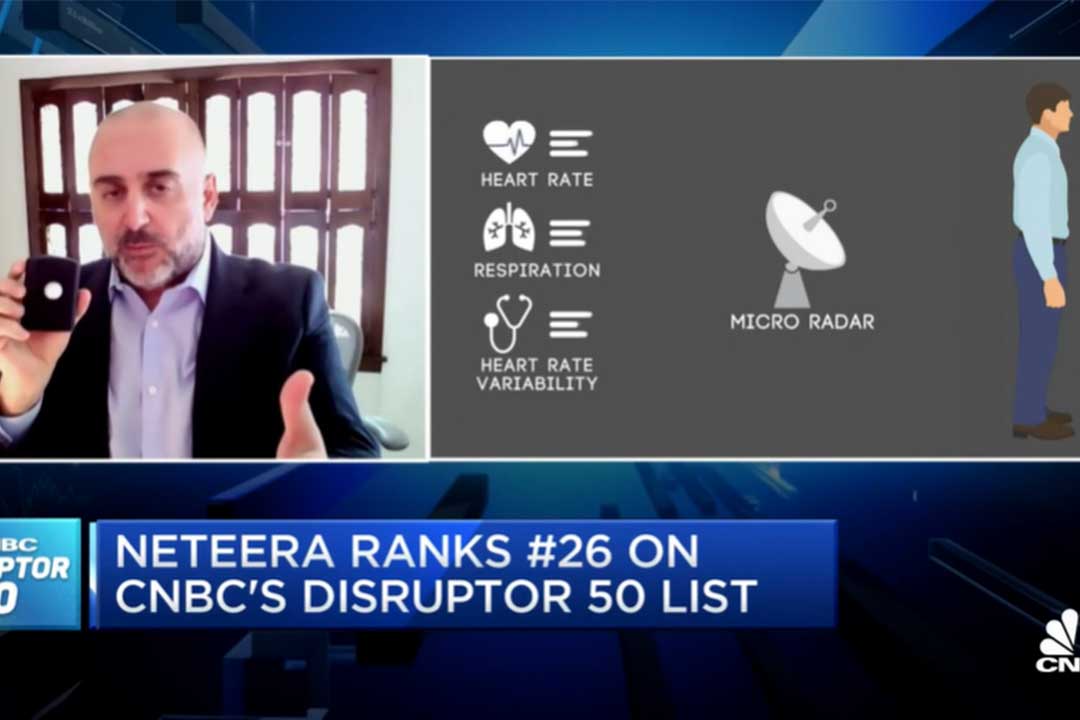It has been 25 years since mobile phones and the internet became widely available and since then, we have not looked back in terms of technology development. Virtual reality (VR) is changing the medical industry by making a mark in the health care industry for the benefit of both patients and doctors. Did you know VR makes it possible to swim with whales in the ocean while lying in a hospital bed? Have you imagined experiencing your 74th birthday as a 20-something? Medical VR is an area with fascinating possibilities. It has not just moved the imagination of science-fiction fans, but also clinical researchers and real-life medical practitioners. In this article, I will discuss the ways in which VR is changing Health Care.
Watching operations like you were holding the scalpel:
Do you ever wonder what those doctors and nurses you see dressed in blue or green with masks on their heads are doing in the operating room? Dr. Shafi Ahmed conducted the first VR surgery in 2016 which could be viewed by anyone online in real-time. Ever since VR now allows more than just passively seeing an operation from the point of view of the surgeon. The technology through companies like Osso VR and ImmersiveTouch is being used to train medical professionals by offering virtual reality solutions. These solutions are used to train surgeons and have been proven to be better than traditional training methods.

Today, students don’t have to peek over the shoulders of the practitioners. They can actually experience what is happening in the Operation Room using their VR goggles.
Relaxing patients with Medical VR
Sometimes as a patient in a hospital, you feel bored, miss your family and friends and you also keep worrying about your condition. Worries about an upcoming procedure and the pain one suffers during or after a procedure are taxing. VR is presenting itself as one of the solutions by helping patients relax and feel less pain.
A recent pilot study was done at St George’s Hospital in London and patients undergoing surgery. They had an option to use a VR headset prior to and during their operation to view calming landscapes during the procedure. 100% of the participants reported their overall hospital experience improved by wearing the headset, while 94% said they felt more relaxed. Furthermore, 80% said they felt less pain after wearing the headset and 73% reported feeling less anxious.
Real conferences with virtual reality for an enhanced experience
You’ve probably experienced it and I sure can tell you about it, medical and healthcare conferences can be very tedious. What with the blatant lack of audience engagement, uninteresting presentation visuals, and the all-too-common bullet points, these conferences could very much do with a tech overhaul. Visualizing a presenter and their audience with VR headsets strapped to their faces might be an entertaining thought, but such a scene is already a reality. Just the thought of such a presentation is exciting, now think about attending one! With the interactive possibilities that VR offers like 3D visualization and gamification, audience engagement, and the overall quality of the conference can skyrocket.
Helping physicians experience life as the elderly
Another interesting way Virtual Reality is Changing the Medical Industry is by changing the way we treat the elderly. Did you ever wonder how it feels like to grow old? How it feels like to not be able to lift your hand above your head? How it feels like when you’ve lost one of your fingers, or recover from a heart attack? Experiencing such conditions through VR can help medical students and young physicians develop one of the must-have abilities to becoming a doctor: empathy.
The University of New England put this theory to the test by incorporating age-related conditions simulations via VR in the medical school curriculum. Participating students were found to better understand such conditions and saw an increase in their empathy for the elderly. Another university that explored the potential of VR in medical education is the University of Michigan. Students at this university used the MPathic-VR app to train their communication skills with a virtual human. These proved to be very helpful when delivering difficult news.
Speeding up recovery in physical therapy
For patients who survived a stroke or traumatic brain injury, time is of the essence. The earlier they start rehabilitation, the better chances they have for successfully regaining lost functions. Bringing a gamified approach to physical therapy for such patients is Neuro Rehab VR. The company develops VR training exercises with machine learning that tailor each exercise to patients’ therapeutic needs. The aim is to make physical therapy more enjoyable so as to increase patient engagement.
A study published last November found that after VR therapy, children with cerebral palsy experienced significant improvement in mobility. The authors of this study further called for adding this method to conventional rehabilitation techniques to improve outcomes.

This article originally appeared on: The Medical Futurist

